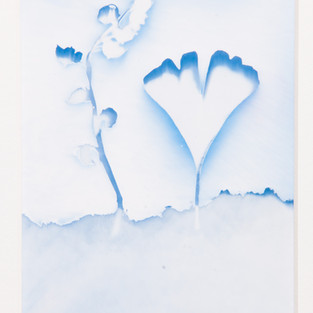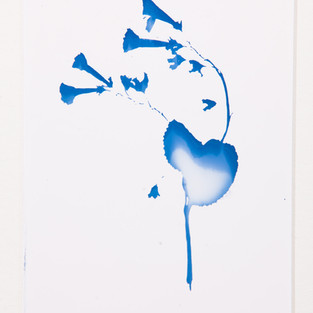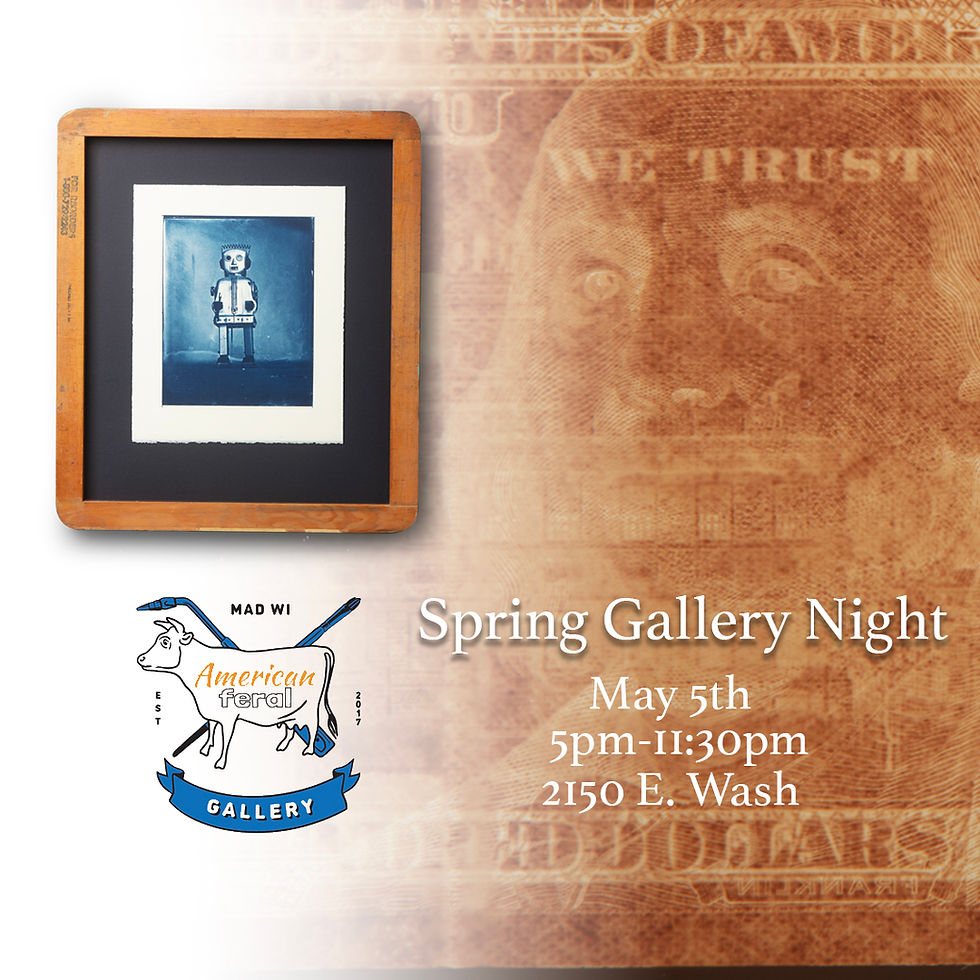World's only chemically produced Pellets Positive Cyanotype?
- Eric Baillies
- Jul 19, 2019
- 1 min read
A year ago I was at Elkhorn flea market and came across this antique book Ferric & Heliographic Processes which is a second edition from 1902. I paid $.50 for it which I ended up sharing with the Process Historian at the George Eastman House, who said you should try Pellet's Positive Cyanotype.
I eventually took on the challenge some months later after sourcing the chemicals and started experimenting. The results were less then satisfactory to begin, after 3 different batches I was able to produce the positive producing Prussian White, which may be the only living contemporary examples produced today.
The reason I think that is that these may be the only contemporary examples is that I find no contemporary publications on the process and have had email correspondence with Dr. Mike Ware from Oxford University who has written extensively on cyanotype and has not produced Pellets process nor knows of anyone who was produced one.
They are certainly extremely rare examples of a lost or forgotten inversion of a very popular process.

The thing that makes Pellet's cyanotype different from traditional cyanotypes is that the ground is white and the line of the object is blue. This is produced chemically using a three part mixture of gum arabic, ferric ammonium citrate and ferric chloride. The image is then exposed and developed in potassium ferricyanide and fixed in hydrochloric acid.
Here are the results which quickly turned from simple objects to fictional dream scape like images.
They have all been mounted and matted using acid free material.































































Comments